Summer Allergies: Causes and Treatments
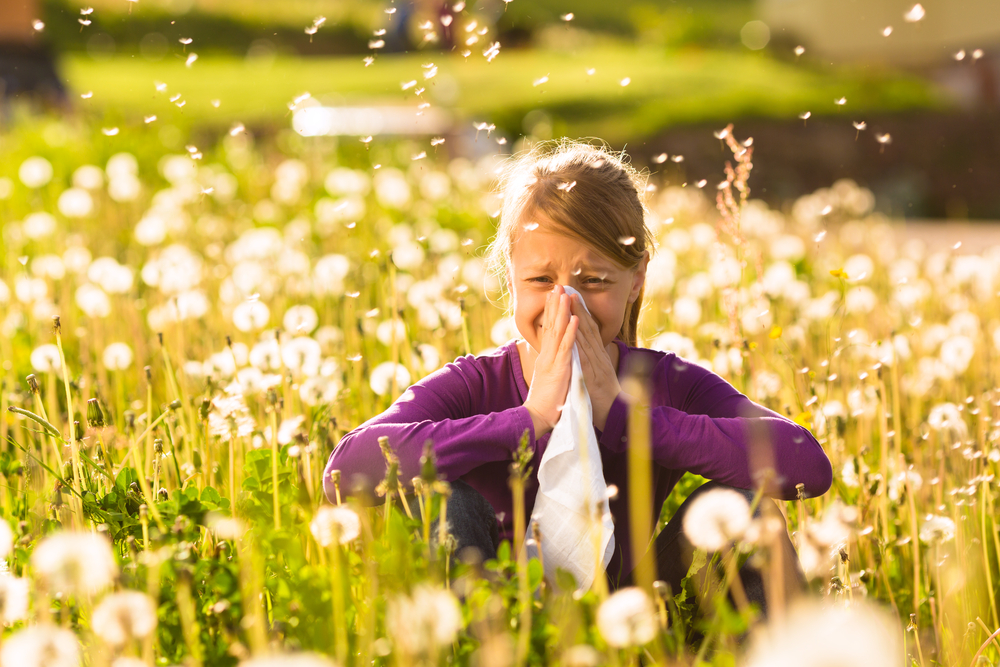
It's another beautiful day outside. The sun is shining, all your friends are enjoying the outdoors, and you are miserable. Your nose is running. Your eyes are itchy and watery. You are perpetually sneezing. If any and all of these symptoms have gone on for two or more weeks, you may have summer allergies.
This is your body's immune system recognizing a foreign agent as a threat and acting accordingly. By acting accordingly, we mean creating antibodies to proteins in the foreign agent, which results in biochemical reactions populating the body with allergy symptom causing histamines.
Summer allergies can be a real downer. Maybe you suffered through the pollen allergies brought during April and May, only to find that the summer months bring no relief from your suffering. Yes, summer allergies are real, and if you have them, we feel for you.
The first step in dealing with summer allergies is learning about what causes them.
Causes of Summer Allergies
Weed Pollen
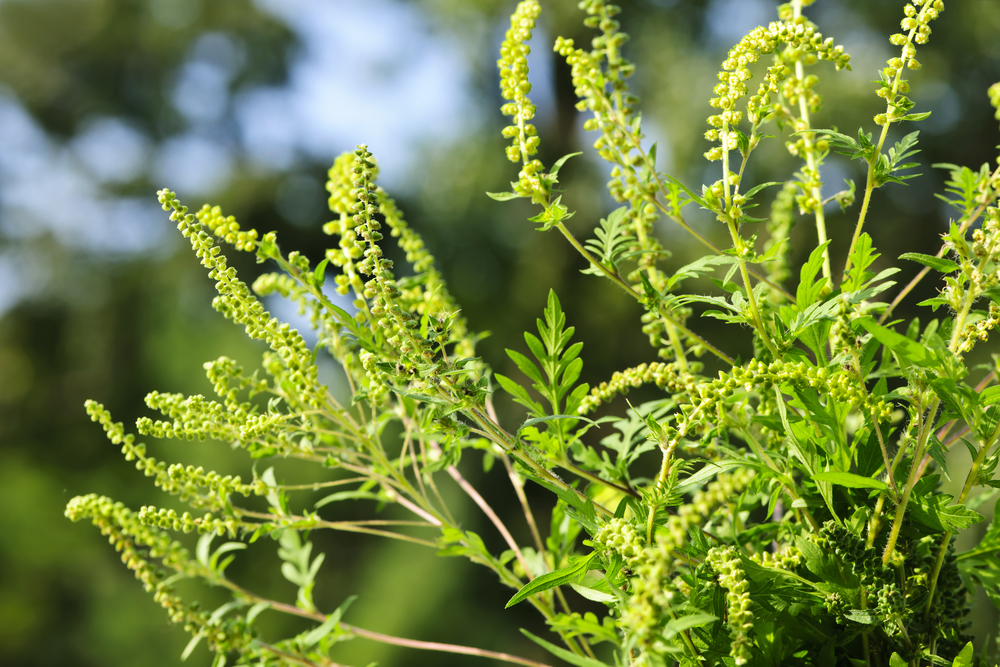
Like your traditional spring allergies, summer allergies are most likely caused by pollen. Where spring allergies are largely due to trees blooming into their bright beautiful selves in April and May, pollen during the summer tends to attack from below, sprouting out of weeds and grass.
Depending on where you live, the pollen spreading culprit could be any of the following kinds of weeds:
- Ragweed
- Tumbleweed
- Pigweed
- Sagebrush
- Cockleweed
- Russian Thistle
Let's talk about ragweed for a moment. Ragweed is among the most common causes of summer allergies so it is worth it to dig a little deeper on this one. Its pollen spreads like wildfire, travelling on the wind for hundreds of miles only to torture you upon arrival in your nostrils. It doesn't have to grow anywhere near you for it to make you and your immune system unhappy. Ragweed pollen is pretty much inescapable in the USA.
With its small greenish yellow flowers, the pollen output of ragweed is astounding. Just one plant produces about one million grains each day. You can find ragweed practically anywhere in America, but it is in the East and Midwest where it is most prevalent. It tends to grow from August to November, with its peak in September. So if you live in the Midwest, and have allergies acting up around August, ragweed could be the source of your pain.
Grass Pollen
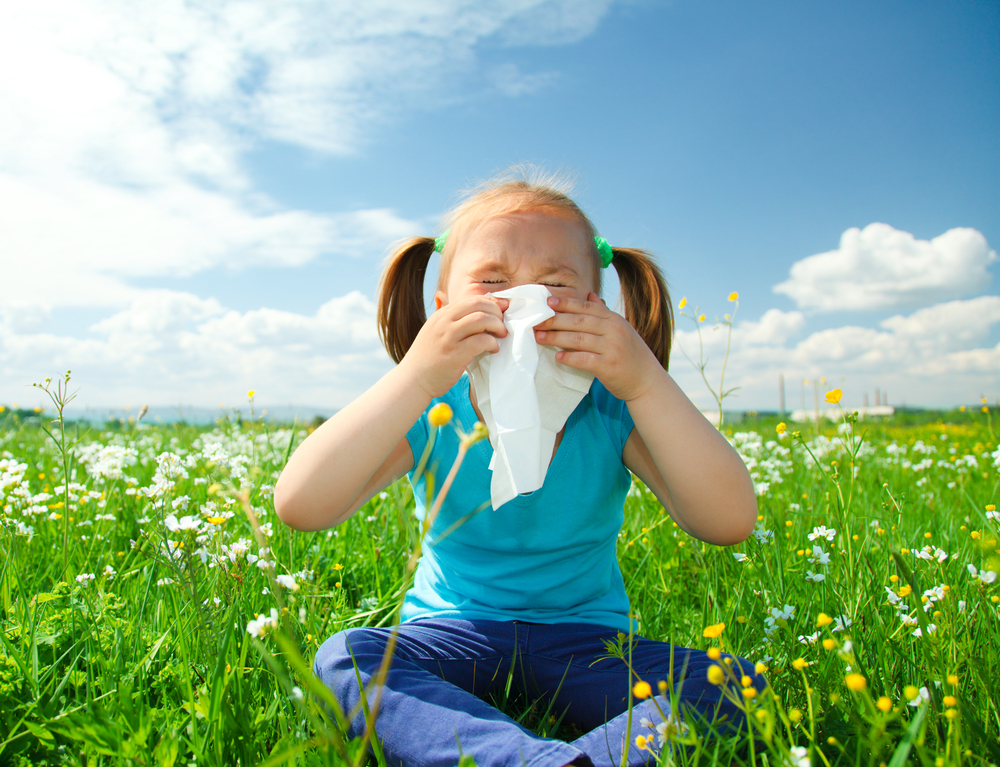
Of course, the following kinds of grasses could be to blame as well:
- Blue Grass
- Timothy
- Red Top
- Sweet Vernal
- Bermuda
- Orchard
- Rye
- Johnson
- Kentucky
As is the case with ragweed, pollen from grass can be carried by the wind for miles. So you won't necessarily need to be standing in the middle of a field to feel the effects.
Grass allergies can be made worse by a number of factors. You may notice worse symptoms on days which are both dry and windy. This is because pollen circulates much more easily when it has nice gusts of wind to move it around. Pollen is also less likely to be out and about when rain and moisture has kept it down.
Those allergic to grasses may also experience allergic reactions to specific fruits and vegetables with similar proteins to those in pollen. These include celery, melons, oranges, tomatoes and peaches. If you are allergic to grass, you might find that these items give your mouth an itchy feeling.
Here is one more reason to dislike that neighbor who never takes care of his property. An unmowed lawn which is allowed to grow without being cut has a higher capacity to spread pollen. This is because many types of grass grow a small flower at the top which produces most of the grass pollen.
Smog
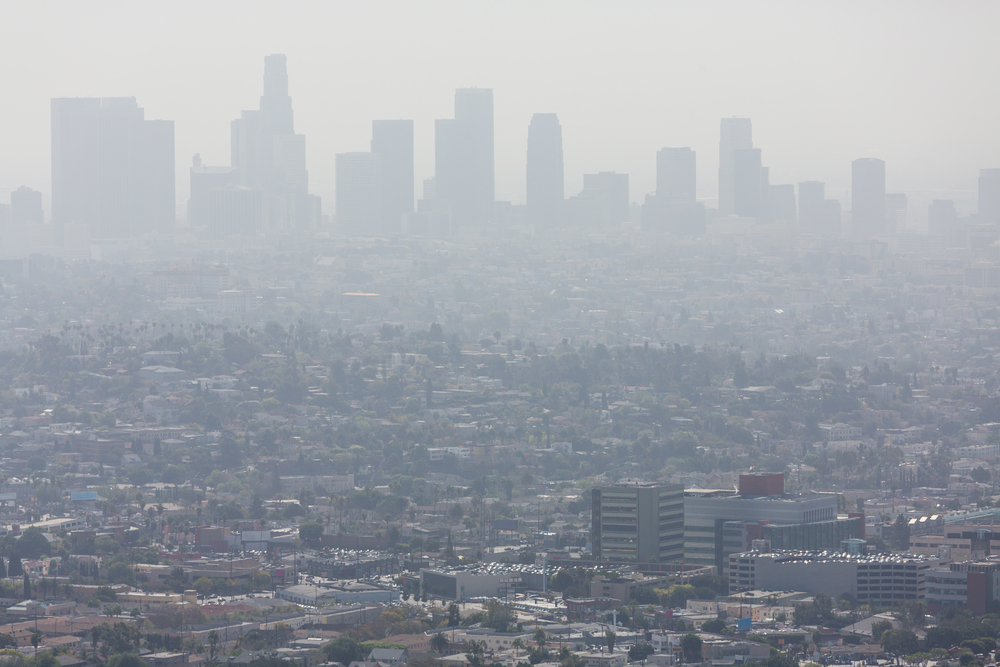
We have talked a lot about different sorts of pollen as a contributor to allergy symptoms, but pollen isn't the only source of discomfort for summer allergy sufferers.
Air pollution also tends to worsen when the temperatures rise. Particularly, one form of pollution, called ozone. Ozone occurs when sunlight mixes with car exhaust chemicals. Last year, it was reported in Scientific American that Ozone (as well as pollen) can exacerbate allergy symptoms. In fact, the study cited indicated that the combination of Ozone and pollen could have a synergistic effect, resulting in worse symptoms than if experienced separately.
The study identified the worst cities for high combinations of ragweed pollen and Ozone as Richmond, VA; multiple cities in Tennessee, as well as Philadelphia and Chicago. What's even worse is that high carbon dioxide levels and high temperatures can contribute to higher pollen counts.
Household Microscopic Objects and Particles
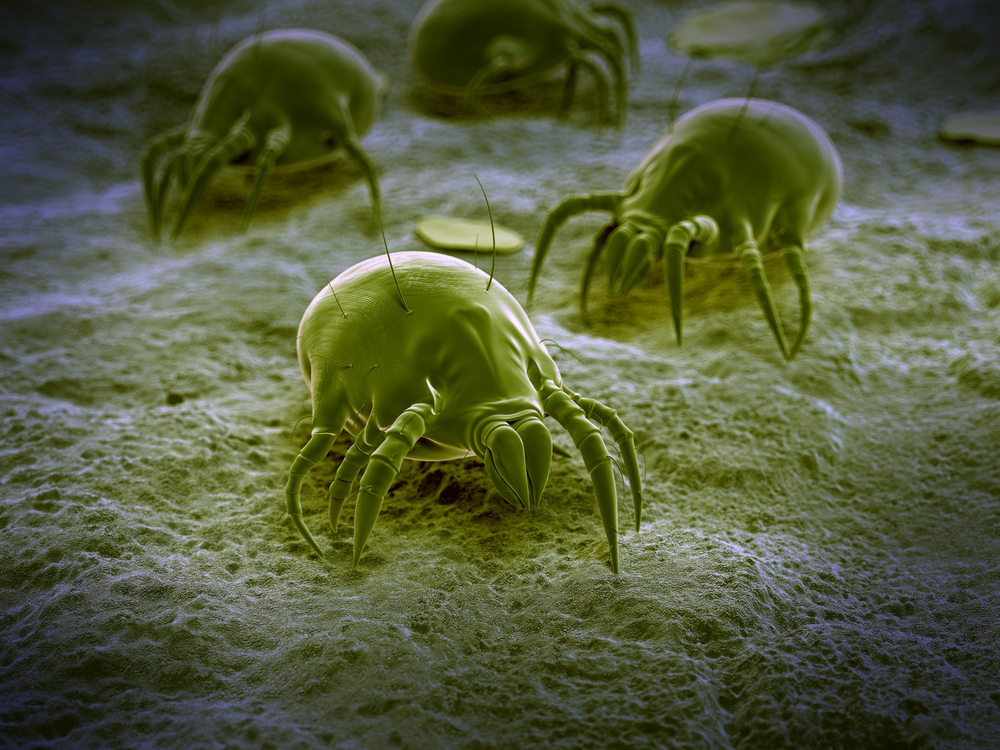
Rounding out the list of common summer allergy inducers are mold and dust mites. These teeny tiny terrors do one thing the other allergens do not: they live in your house.
Mold can be found in the damp parts of your home, such as basements and bathrooms. When it gets warmer, these mold growths flourish and their spores invade the air you breath, leading to allergy symptoms.
Dust mites are also in their prime during high temperature months, especially where it's humid. They can be found in anything with fabric, most commonly, beds, carpeting and old clothes. It is not the mites themselves, but their residue that gets into the air and sets off your summer allergies.
How to Identify Summer Allergies
If you are fairly certain you have summer allergies, you may think you are doomed to a summer of sniffles and eye rubbing. This is not necessarily the case and there are things you can do to alleviate your suffering.
To make this process easier, you may want to consult an allergist and see exactly what it is that is setting off your allergic reactions. It may be the case that it is something in your house you can control. You may be able to change your behavior or routine to avoid your allergens.
If you talk to your doctor about your allergies, he/she might ask questions regarding your symptoms and history with allergies. At this point, a treatment may be suggested if your doctor is confident in what is giving you an allergic reaction. Of course, another outcome may be that you will be assigned to see a specialist doctor called an allergist.
Skin Tests

If you are sent to an allergist, you are probably going to experience something called a skin test. In a skin test, your skin is pricked or scratched in order to check for a multitude of common allergies. If you are allergic to pollen, dust mites, dog fur, mold or one of a few dozen other substances, a skin test will inform you of this in most cases.
There are three types of skin tests: skin prick test, skin injection test, and a patch test. These tests normally take between 20 and 40 minutes. The test most commonly associated with checking for summer allergy symptoms like sneezing and eye irritation is the skin prick test.
The skin prick test will check your skin against as many as 40 different common allergens to find the one or ones your skin reacts to. It involves making pricks in the skin with a needle, and applying different allergen extracts to the small holes made in the skin. Don't worry. While this sounds bad, it's actually not very painful at all. The needle used hardly breaks the skin, and does not go deep enough to even draw blood. The worst you're in for is some brief discomfort.
What to do About Summer Allergies
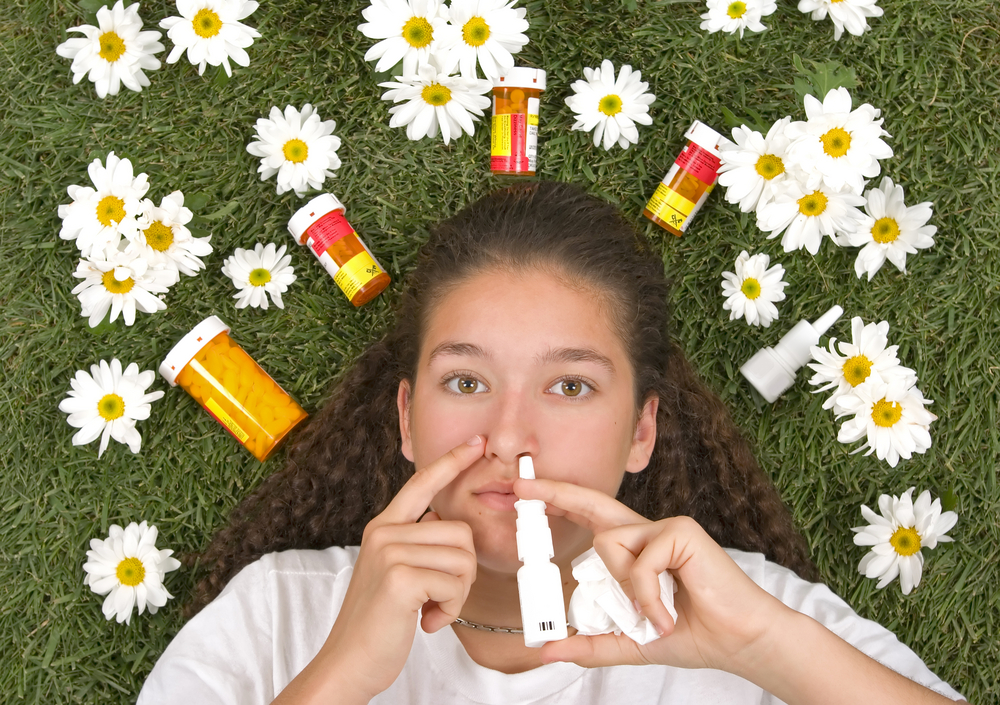
You don't need to get tested in order to receive treatment for allergies. In addition to prescription options, there is a wide selection of medications available over the counter you can use to obtain relief. Some allergy medications you might find useful in battling allergies include the following:
Antihistamines
Remember a few paragraphs ago when we were talking about those allergy symptom causing histamines? These, of course, are the antidote to that. Antihistamines either reduce, or stop histamines all together, thereby putting an end to many irritating allergy symptoms. These include itchy/watery eyes and sneezing. Popular over-the-counter antihistamines include Allegra and Benadryl.
Decongestants
If allergies are making it tough to breathe through your nose, your best bet is probably a decongestant. Trouble breathing through the nose is caused by swelling in the nasal cavity lining. Decongestants remedy this by shrinking swollen blood vessels and tissue in the area. Dristan Nasal Mist is a popular decongestant. Some antihistamines incorporate decongestants within them as well.
10 Tips for Dealing with Summer Allergies
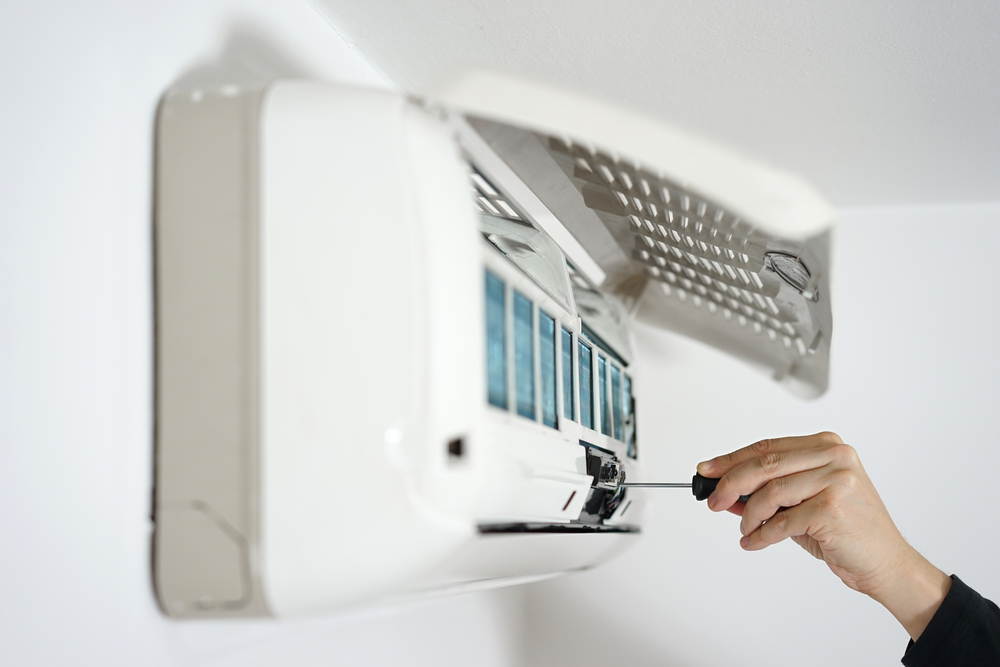
Keep Doors and Windows Closed. We understand this is a tough sell for those of you who live in hot areas. Unfortunately, avoiding allergic reactions can involve making some tough choices sometimes. If you want the best of both worlds, we recommend getting an air conditioner, an air purifier or both.
Stay Indoors on Days with High Smog and Pollen Counts. Pollen.com has great geographically specific information about pollen counts in your area. Real time smog data can also be obtained by visiting Plumelabs.com.
Dust Off Your Bookshelves. Bookshelves are especially good at collecting pollen. You are going to want to clean them often in order to avoid keeping an allergen collection right in your own home.
Clean Air Filters. Locate the places in your house where air passes through. This means finding all of the vents and air filters. Now, begin cleaning them regularly in so that the air in your home doesn't pass through a pollen party to get there.
Bathe More. We're not saying you stink. We're saying that when you spend time outside, your hair and clothing gets all kinds of pollen stuck to it. Wash it off and you'll feel better.
Keep the Humidity Under Control. Dust mites thrive in humid conditions. If it's dust mites you are allergic to, you may want to assess the humidity in the house and ensure that it remains between 30% and 50%. Humidity over 50% makes dust mites very comfortable.
Wear Face Protection. When you're doing things like mowing a lawn or weeding, you may want to wear a mask for extra protection. While nothing short of a hazmat suit will prevent all pollen and other allergens from getting into your system, a face mask can provide at least a little relief.
Wash Bedding and Rugs. This is another dust mite deterrent. Wash those little critters out of your stuff with hot water.
Vacuum. Your carpeting can trap all kinds of pollen, dust and mold spores in its dense fibers. You can do a lot to prevent that by vacuuming regularly. Just make sure to use a vacuum with a HEPA filter and also wear a mask while you're doing the deed.
Irrigate Your Nasal Passage. If you're suffering from nasal congestion in particular, and you don't want to overdo it with the nasal spray, nasal irrigation keeps things flowing nicely.
IMPORTANT NOTE: The above information is intended to increase awareness of health information and does not suggest treatment or diagnosis. This information is not a substitute for individual medical attention and should not be construed to indicate that use of the drug is safe, appropriate, or effective for you. See your health care professional for medical advice and treatment.
